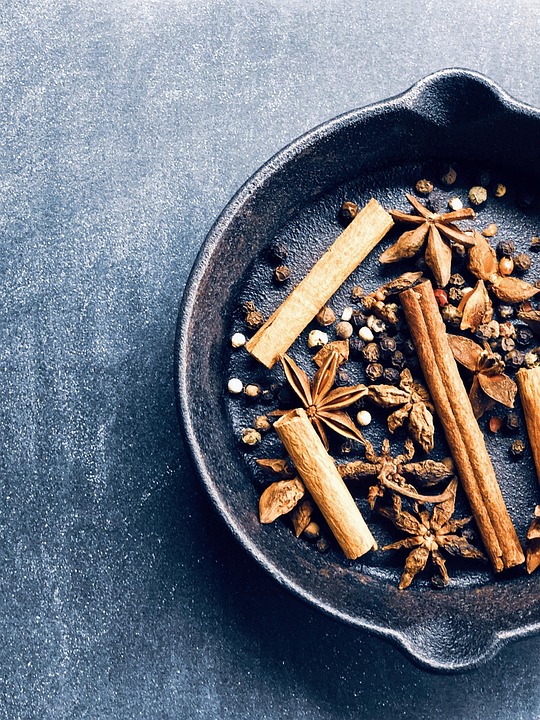American Oak in Traditional Styles of Rioja and Ribera
American oak plays a crucial role in the production of traditional styles of Rioja and Ribera wines, two of the most renowned wine regions in Spain. The unique characteristics of American oak barrels contribute to the flavor profile, structure, and aging potential of these wines, making them distinct from other wine regions around the world. In this report, we will explore why American oak is key to the traditional styles of Rioja and Ribera, delving into the history, production methods, and industry insights surrounding this important aspect of winemaking.
History and Evolution of American Oak Usage
The use of oak barrels in winemaking dates back centuries, with European oak being the traditional choice for aging wines in regions like Bordeaux and Burgundy. However, the scarcity and high cost of European oak led winemakers in Spain to explore alternative options, eventually turning to American oak as a viable alternative. American oak, primarily sourced from forests in the United States, offers a more affordable and readily available option for winemakers in Spain.
Over time, winemakers in Rioja and Ribera have embraced American oak as an integral part of their winemaking traditions, incorporating its unique characteristics into their wines. American oak imparts flavors of vanilla, coconut, and sweet spices to the wines, adding complexity and depth to the final product. The porous nature of American oak allows for gradual oxygenation of the wine, leading to a smoother, more rounded mouthfeel and enhanced aging potential.
Financial Impact and Industry Insights
The use of American oak barrels in Rioja and Ribera wines has significant financial implications for wineries in these regions. While European oak barrels can cost upwards of $1000 each, American oak barrels are typically priced lower, making them a more cost-effective option for winemakers. This cost savings allows wineries to invest in other aspects of production, such as vineyard management and marketing, ultimately enhancing the overall quality of their wines.
In terms of industry insights, the demand for Rioja and Ribera wines aged in American oak continues to grow both domestically and internationally. Consumers appreciate the unique flavor profile and aging potential that American oak imparts to these wines, making them highly sought after in the market. Wineries in Rioja and Ribera have capitalized on this trend by increasing production of wines aged in American oak barrels, solidifying their position as leading producers of traditional Spanish wines.
Future Trends and Sustainability
Looking ahead, the use of American oak in traditional styles of Rioja and Ribera wines is expected to continue as winemakers seek to preserve the authenticity and heritage of these regions. However, there is also a growing emphasis on sustainability within the wine industry, with wineries exploring environmentally friendly practices in oak sourcing and barrel production. Some wineries are partnering with sustainable forestry initiatives to ensure responsible harvesting of oak trees, while others are experimenting with alternative oak aging methods to reduce waste and carbon footprint.
Overall, American oak remains a key component of the traditional styles of Rioja and Ribera wines, contributing to their unique character and appeal in the global market. As consumer preferences shift towards more sustainable and environmentally conscious products, wineries in these regions are adapting their practices to ensure the long-term viability of their industry while maintaining the rich heritage and quality of their wines.



